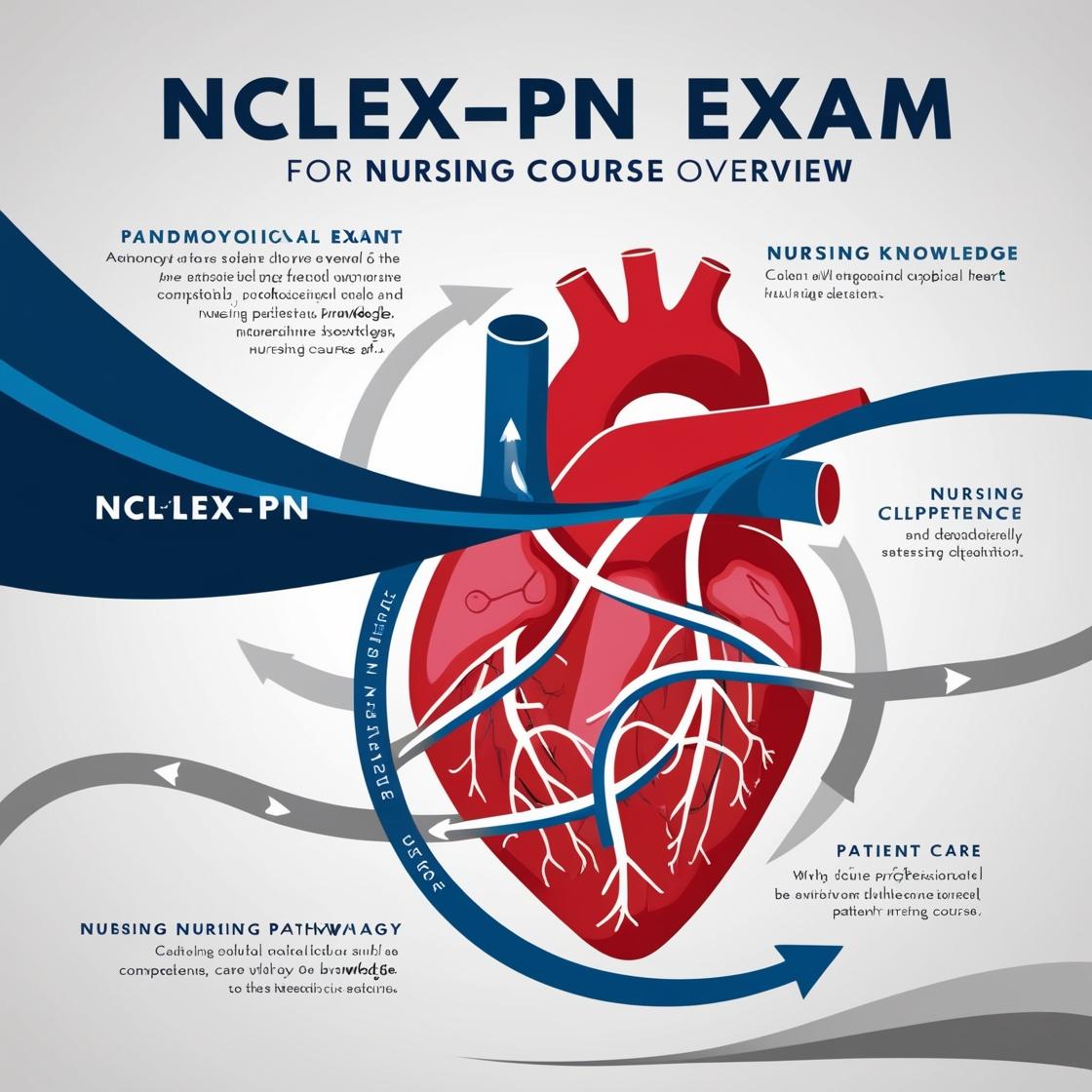NCLEX-PN
Nclex 2024 Questions
1. During the history assessment of an 80-year-old client, which statement made by the client might indicate a possible fluid and electrolyte imbalance?
- A. "My skin is always so dry."?
- B. "I often use a laxative for constipation."?
- C. "I have always liked to drink a lot of iced tea."?
- D. "I sometimes have a problem with dribbling urine."?
Correct answer: B
Rationale: The correct answer is "I often use a laxative for constipation." Frequent use of laxatives can lead to diarrhea and electrolyte loss, indicating a possible fluid and electrolyte imbalance. Statements A, C, and D are not directly related to fluid and electrolyte imbalance. Statement A about dry skin may suggest dehydration, but it is less specific to electrolyte imbalance than the frequent use of laxatives. Statement C about drinking a lot of iced tea could potentially relate to fluid intake, but it doesn't directly indicate an imbalance. Statement D about dribbling urine is more indicative of a potential urinary issue rather than a fluid and electrolyte imbalance.
2. In the emergency room, a nurse is responsible for triaging four clients injured in a motor vehicle accident. Which of the following clients should receive priority in care?
- A. A 10-year-old with lacerations on the face
- B. A 15-year-old with sternal bruises
- C. A 34-year-old with a fractured femur
- D. A 50-year-old with a dislocated elbow
Correct answer: B
Rationale: The 15-year-old with sternal bruises should receive priority in care as this client might be experiencing airway and oxygenation problems. Airway issues take precedence in triage. The 10-year-old with lacerations on the face, although looking bad, is not in immediate distress. The 34-year-old with a fractured femur should be immobilized but can be seen after the client with sternal bruising. The 50-year-old with a dislocated elbow can also be seen later as dislocated elbows are not life-threatening compared to potential airway compromise.
3. The healthcare provider recognizes that which of the following would be most appropriate to wear when providing direct care to a client with a cough?
- A. Mask
- B. Gown
- C. Gloves
- D. Shoe covers
Correct answer: A
Rationale: When providing care to a client with a cough, it is crucial to wear a mask to protect oneself from inhaling respiratory droplets containing infectious agents. The primary mode of transmission for coughs is through airborne droplets, making a mask the most appropriate choice to prevent the spread of respiratory infections. Gloves and gowns are more relevant when there is a risk of contact with bodily fluids, which is not the main concern with a cough. Shoe covers are not necessary in this scenario as the transmission of respiratory infections is not linked to footwear. Therefore, wearing a mask is the best choice to prevent airborne transmission and ensure the safety of the healthcare provider.
4. How can the nurse best communicate to a client that he or she has been listening?
- A. restating the main feeling or thought the client has expressed
- B. making a judgment about the client's problem
- C. offering a leading question such as, 'And then what happened?'
- D. saying, 'I understand what you're saying.'
Correct answer: A
Rationale: The best way for the nurse to communicate to a client that he or she has been listening is by restating the main feeling or thought the client has expressed. Restating helps the client validate the nurse's understanding of the communication, demonstrating active listening skills. Making judgments about the client's problem, as suggested in Choice B, can hinder effective communication by introducing bias and potential misinterpretation. Offering a leading question like in Choice C is not ideal for confirming understanding; it rather seeks more information. Choice D, simply saying 'I understand what you're saying,' may not convey active listening as effectively as restating the client's main feelings or thoughts, as it lacks the validation component present in restating.
5. Incidences of child abuse appear to be higher in the African-American community and might be explained by:
- A. the increased number of single-parent households in African-American communities
- B. more single-parent households in African-American communities
- C. stricter child-rearing practices in African-American households
- D. a higher occurrence of rage in African Americans
Correct answer: B
Rationale: Child abuse is often associated with lower socioeconomic status and single-parent households due to increased stress and fewer support systems. Choice A is correct as single-parent households can face more challenges leading to a higher risk of child abuse. Choice B is the correct answer as it aligns with the risk factors associated with child abuse. Choice C is incorrect because there is no direct correlation between stricter child-rearing practices and child abuse rates. Choice D is incorrect because attributing child abuse to a higher occurrence of rage in African Americans is a stereotype and lacks evidence.
Similar Questions

Access More Features
NCLEX PN Basic
$69.99/ 30 days
- 5,000 Questions with answers
- Comprehensive NCLEX coverage
- 30 days access @ $69.99
NCLEX PN Premium
$149.99/ 90 days
- 5,000 Questions with answers
- Comprehensive NCLEX coverage
- 30 days access @ $149.99
